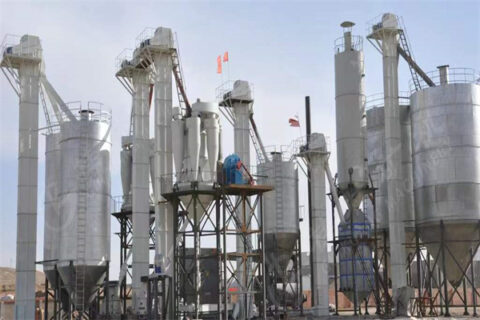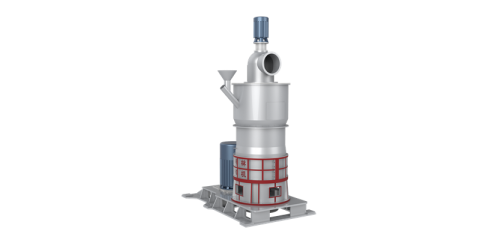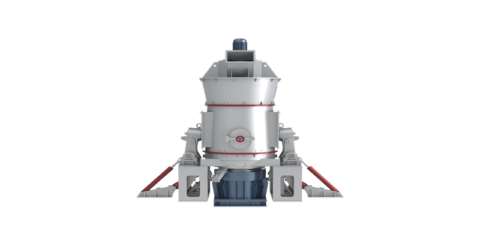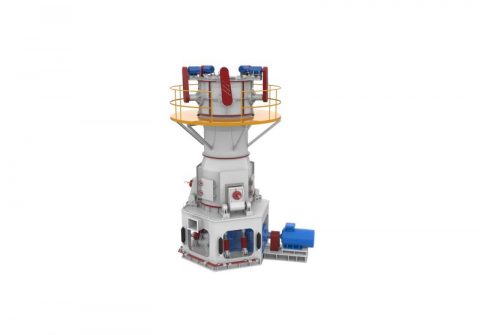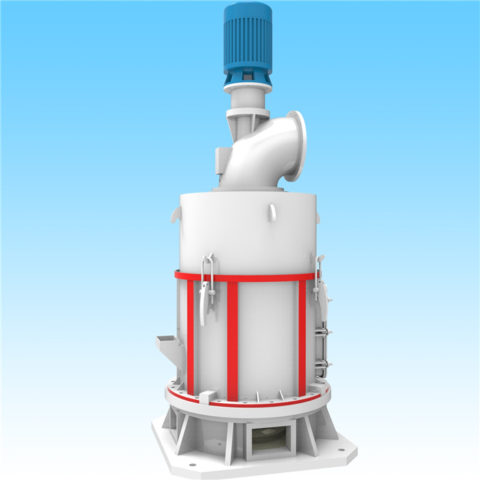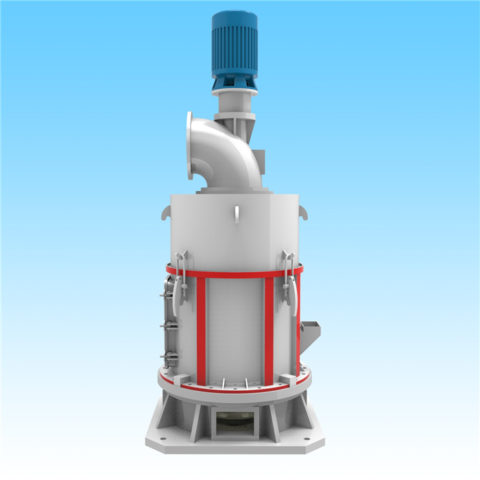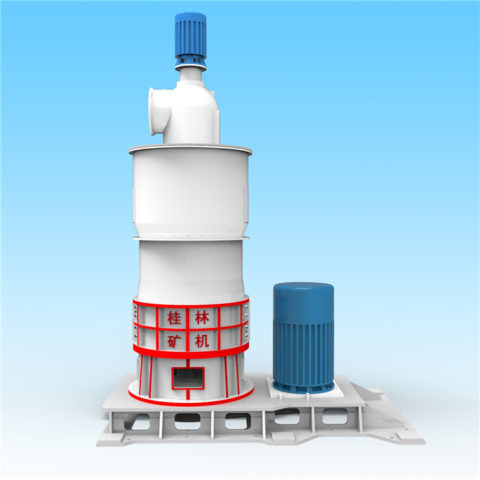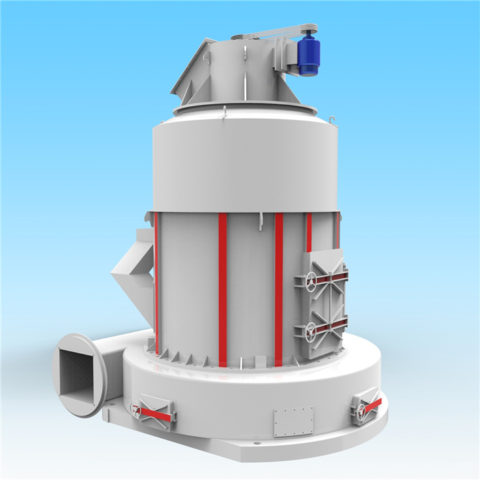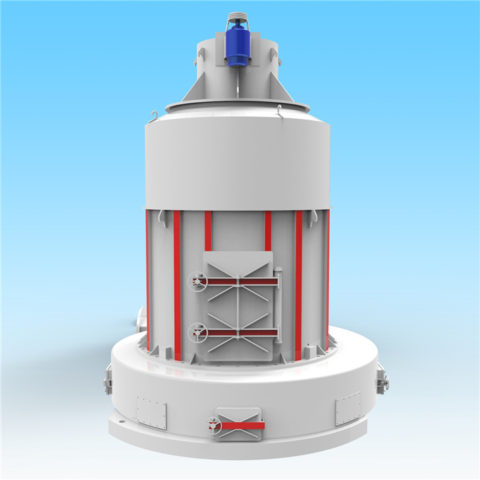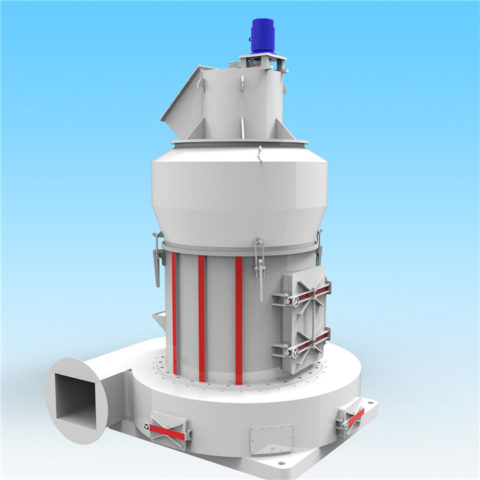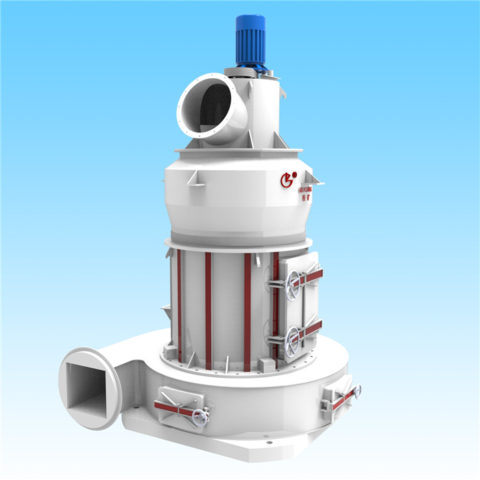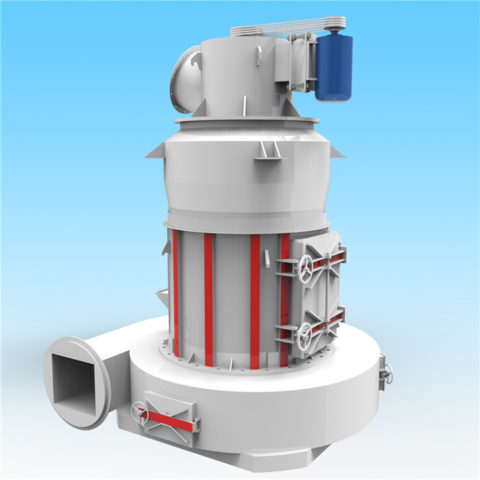The Raymond mill, a pivotal grinding equipment in mining, construction, and chemical sectors, has cemented its position as an industry staple through distinctive competitive advantages that align with evolving industrial demands.
1. High-Efficiency Grinding Performance
Equipped with advanced grinding mechanisms and optimized airflow systems, Raymond mills achieve superior particle size distribution and processing capacity. Their unique roller-ring design ensures consistent grinding efficiency even for hard materials like limestone and gypsum, reducing energy waste while maintaining throughput rates 20-30% higher than conventional mills.
2. Robust Durability & Low Maintenance
Constructed with high-manganese steel grinding rings and hardened alloy rollers, Raymond mills demonstrate exceptional wear resistance under continuous operation. Modular components enable rapid replacement of wearing parts, cutting downtime by 40% compared to ball mills. The sealed gearbox and centralized lubrication system further enhance operational longevity.
3. Energy-Saving Architecture
Modern Raymond mills integrate frequency conversion drives and aerodynamic optimization, achieving 15-25% lower power consumption per ton of processed material. The pendulum suspension structure minimizes unnecessary friction losses, while intelligent classifiers reduce over-grinding, collectively lowering carbon footprints.
4. Versatile Material Adaptability
From soft coal (Mohs 2-3) to hard quartz (Mohs 7), these mills handle materials across 30+ industrial categories. Adjustable blade angles (15°-90°) and variable rotor speeds (60-120 rpm) permit precise customization for diverse production requirements, including ultra-fine powders below 400 mesh.
5. Smart Automation Integration
Contemporary models feature PLC-controlled systems with real-time monitoring of vibration, temperature, and pressure parameters. Automatic feedback adjustments optimize grinding conditions while predictive maintenance algorithms reduce unplanned stoppages by 70%, aligning with Industry 4.0 standards.
6. Environmental Compliance
Negative pressure circulation systems coupled with pulse dust collectors ensure dust emission levels below 20 mg/m³, surpassing international environmental regulations. Noise reduction chambers lower operational decibels to 75-80 dB(A), creating safer workplace environments.
These technological differentiators, continuously refined through R&D investments in material science and digitalization, position Raymond mills as indispensable assets for cost-effective, sustainable industrial processing. Their ability to balance precision, reliability, and eco-efficiency creates unmatched value across global mineral and chemical value chains.


